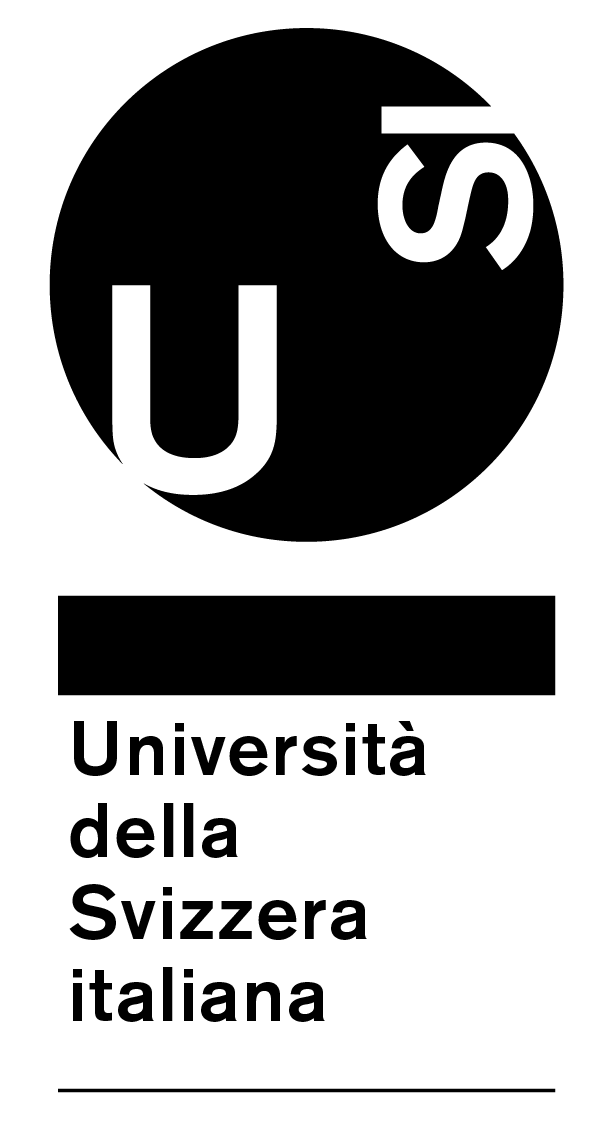Towards Understanding Depth Perception in Foveated Rendering
Università della Svizzera italiana, Switzerland

Summary
We demonstrate that stereoacuity is remarkably resilient to foveated rendering and remains unaffected with up to 2× stronger foveation than commonly used. To this end, we design a psychovisual experiment and derive a simple perceptual model that determines the amount of foveation that does not affect stereoacuity.
Abstract
The true vision for real-time virtual and augmented reality is reproducing our visual reality in its entirety on immersive displays. To this end, foveated rendering leverages the limitations of spatial acuity in human peripheral vision to allocate computational resources to the fovea while reducing quality in the periphery. Such methods are often derived from studies on the spatial resolution of the human visual system and its ability to perceive blur in the periphery, enabling the potential for high spatial quality in real-time. However, the effects of blur on other visual cues that depend on luminance contrast, such as depth, remain largely unexplored. It is critical to understand this interplay, as accurate depth representation is a fundamental aspect of visual realism. In this paper, we present the first evaluation exploring the effects of foveated rendering on stereoscopic depth perception. We design a psychovisual experiment to quantitatively study the effects of peripheral blur on depth perception. Our analysis demonstrates that stereoscopic acuity remains unaffected (or even improves) by high levels of peripheral blur. Based on our studies, we derive a simple perceptual model that determines the amount of foveation that does not affect stereoacuity. Furthermore, we analyze the model in the context of common foveation practices reported in literature. The findings indicate that foveated rendering does not impact stereoscopic depth perception, and stereoacuity remains unaffected with up to 2× stronger foveation than commonly used. Finally, we conduct a validation experiment and show that our findings hold for complex natural stimuli.
Additional Material
This interactive plot displays the surface \(M = p_1(\theta)\cdot(\sigma-p_2(\theta))^2+p_3(\theta)\) (Equation 7, Figure 1) as retrieved in our paper. The green line highlights the foveation intensity per eccentricity that we tested on natural stimuli. We verified that this level of foveation does not affect stereoacuity. The 2D plots show the fits of the parabola parameters \(p_1\), \(p_2\), and \(p_2\) as described in Section 4.2 (Figure 8).
Our model shows, that stereoacuity remains unaffected by up to 2x the amount of foveation used by common models.
These examplary images show a comparison between a full resolution image, an image blurred with 0.5x our suggested level, and the amount of foveation which is highlighted by the green line in the model (min \(T(\theta)\)).

Video
Acknowledgements
This project has received funding from the European Research Council under the European Union’s Horizon 2020 research and innovation program (Grant 804226, PERDY).
